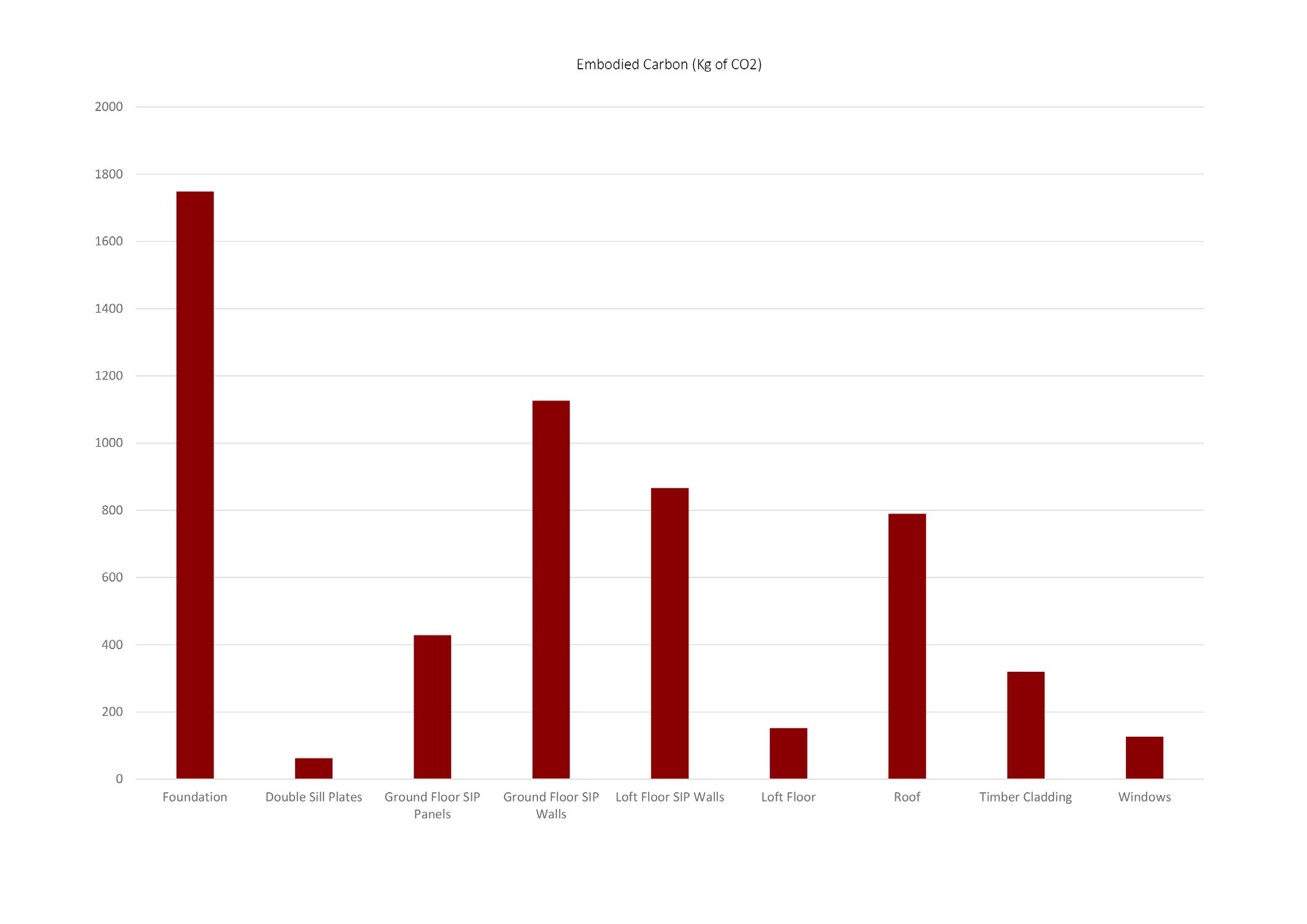
1 minute read
CARBON ANALYSIS EMBODIED CARBON
“Buildings are currently responsible for 39% of global energy related carbon emissions: 28% from operational emissions, from energy needed to heat, cool and power them, and the remaining 11% from materials and construction [also known as embodied carbon]...” - World Green Building Council.
Embodied carbon refers to the carbon emissions released during the extraction, manufacturing, transportation, construction and end-of-life phases of buildings; it accounts for around 11 per cent of all global carbon emissions. Embodied carbon may refer to the embodied carbon of a whole building or the embodied carbon of a single building material. It considers how many greenhouse gases (GHGs) are released throughout the supply chain and includes the extraction of materials from the ground, transport, refining, processing & assembly, in use and end of life. The embodied carbon does not include the operational carbon.
Advertisement
Finding out the embodied carbon allows people to be able to understand how much carbon the project really emits, rather than just the operational carbon emissions. From knowing how much embodied carbon the project emits, then can you start to reach net zero carbon buildings.
This analysis aims to understand the total embodied carbon of the tiny homes which will help to highlight how much embodied carbon the project produces. By understanding the amount of embodied carbon there is, the project can then figure out different methods to offset the embodied carbon.










